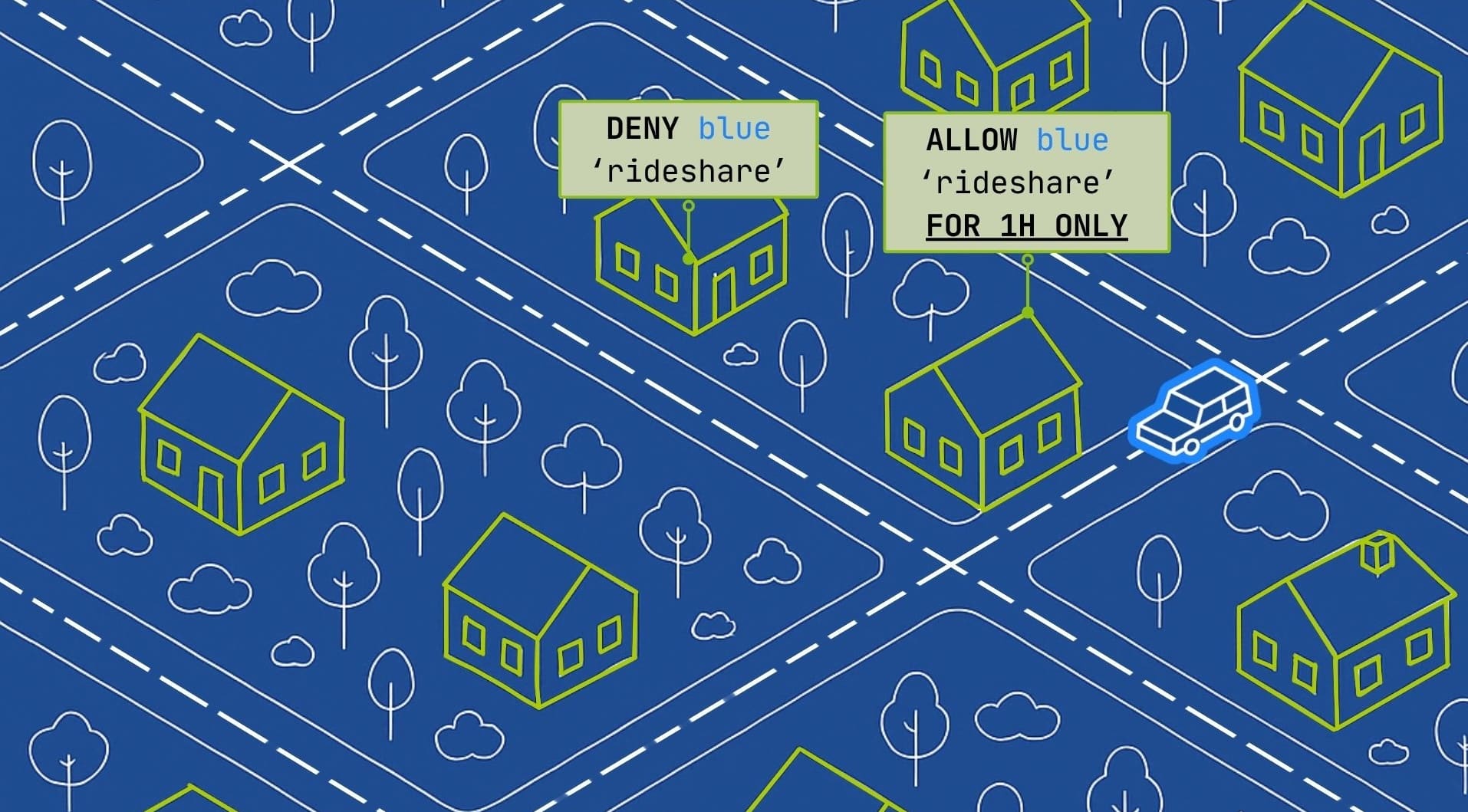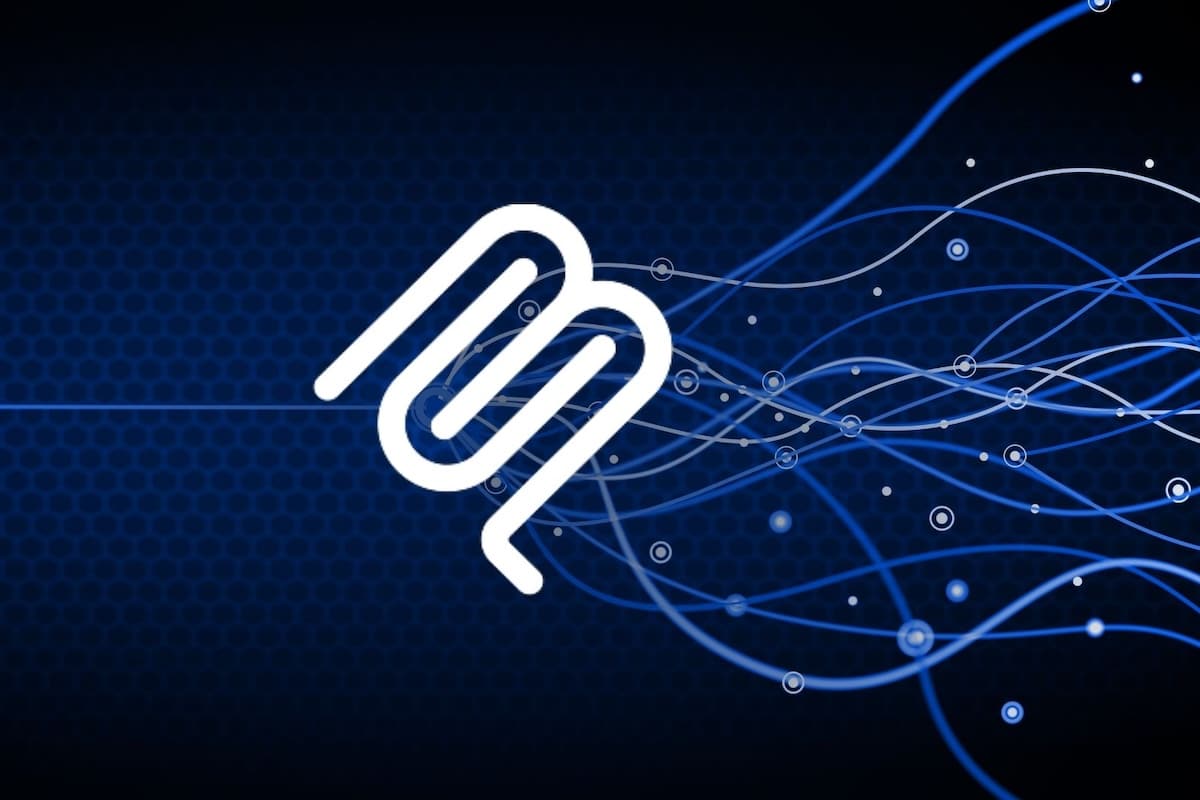Understanding Picosegmentation for Network Security
Why Your Network Security Needs an Upgrade
Traditional network security focuses on protecting the network perimeter. When a bad actor jumps those hurdles, they could gain access to your entire system. Microsegmentation was an attempt to prevent this lateral movement by dividing networks into smaller zones, limiting any breaches to the compromised zone and protecting the others.
Microsegmentation is effective, but it doesn’t scale. It is terribly impractical given the number of IoT devices, AI agents, and new services that need protection. It leads to thousands of these zones and a tangle of complex rules sorting out paths for authorized access.

How Picosegmentation Secures Everything in a Scaleable, Elegant Way
Instead of containing threats with a complex system of protected zones, picosegmentation secures all of the people, entities, and things in your network individually. This means every server, device, cloud instance, AI agent, and human is protected, even if the network is compromised.
This doesn’t mean you’ll need to spend a great deal of time setting up rules and permissions for every item. Instead, the atPlatform enables a flexible range of controls. These can be broad, coarse-grained controls, like giving a group of people access to a certain subnet. Or, they can be fine-grained, such as granting a specific doctor the ability to connect to a remote MRI machine for a limited time.
Here’s how it works:
Zero Trust
Nothing is trusted by default. Every interaction requires verification.
Authenticate Then Connect
Access is only granted after identity is confirmed, not before. This drastically reduces potential attack surfaces.
Individual Control
Security policies are applied directly to each element, rather than to broad network segments.
If an attacker compromises one device, their access is isolated to that single element. They cannot move to another part of your network.
Picosegmentation vs Existing Approaches
Here’s a straightforward comparison of network security approaches:
Picosegmentation offers the highest level of security available today, with significantly lower complexity and maintenance.
Implementing Picosegmentation Practically with the atPlatform
Unlike microsegmentation, which often requires a complete network overhaul, you can implement picosegmentation with the atPlatform incrementally.
Start with your most critical assets. For example, remote access for admins to key servers, or securing new IoT devices and AI agents as they come online. Over time, you can gradually extend atPlatform-powered picosegmentation across your entire network, strengthening your security layer by layer while also benefiting from other atPlatform advantages.
The atPlatform cryptographically verifies every interaction on your network. This ensures that only authenticated and authorized entities can connect. Its policy engine then lets you set and enforce individual-level security policies, making picosegmentaion possible, scalable, and attainable for your organization.
Contact us today to enhance your security!
Featured Resources
AI Sprawl: The Network Nightmare Caused by the AI Security Paradox
AI Sprawl is the resulting network complexity that occurs when enterprises must deploy many specialized AI agents to secure and govern the use of large language models (LLMs).
Why the Model Context Protocol (MCP) Demands a Structural Rethink of AI Security
AI agents using MCP bypass traditional network security, demanding an identity-first, Zero Trust architecture to eliminate the risks created by exposed ports and centralized tokens.
Why Our Cybersecurity Industry Is Fundamentally Broken
The $200B cybersecurity paradox is that breaches worsen because the industry's flawed economic model rewards liability transfer over true prevention, making a shift to preemptive, connectionless Zero Trust necessary.


